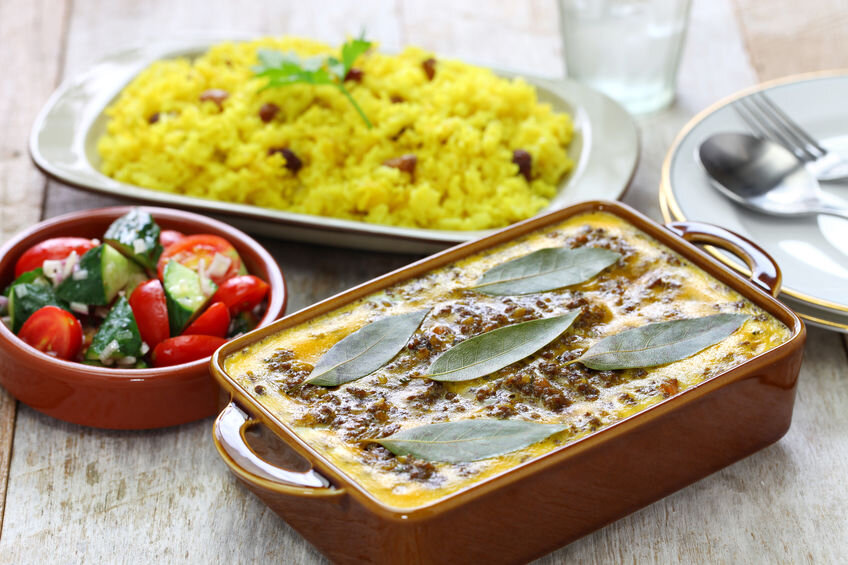Raisins
Exceptional bulk raisins for wholesalers, distributors, suppliers and importers
Raisins: A Short Introduction
The vine has been a prolific and culturally significant crop in the Eastern Mediterranean for thousands of years. Grapes are typically harvested between August and early October, and to preserve them for year-round use and commercial distribution, they are dried into raisins—a process that concentrates their nutrients and natural sugars.
Raisins are naturally rich in:
- Dietary fiber, which supports digestion and satiety,
- Minerals such as iron and copper, which are essential for blood health and cellular function,
- And they have a low glycemic index, making them suitable for balanced blood sugar control.
They are widely recommended as a daily snack for their role in:
- Supporting weight management,
- Improving digestive health,
- Enhancing glucose regulation,
- And assisting in the treatment of iron-deficiency anemia due to their natural iron content.
To enhance shelf life and visual appeal, some raisins undergo treatment with sulphur dioxide (SO₂) after pre-drying preparation. This helps:
- Reduce enzymatic browning,
- Preserve natural flavor and aroma,
- And retain heat-sensitive vitamins that could otherwise degrade during the drying process.
Raisins are produced in many parts of the world, and they vary greatly in size, color, and flavor profile, depending on the grape variety and drying technique used. From deep blue-black to light golden yellow, raisins have found their place in global gastronomy, enriching sweet and savory dishes alike in countless culinary traditions.
Raisins: A Detailed Introduction
Raisins are dried grapes, cherished worldwide for their natural sweetness, chewy texture, and impressive nutritional profile. They are one of the oldest and most versatile dried fruits, available in a range of varieties, sizes, and colors, depending on the grape cultivar and drying method.
Their long shelf life, natural sugar content, and portability make them an ideal choice for snacking, baking, cereal blends, and food manufacturing across global markets.
✅ Processing & Appearance
Raisins are produced by drying specific varieties of grapes—either sun-dried, shade-dried, or mechanically dehydrated depending on the origin and method.
Common Raisin Types:
- Natural Seedless (Thompson): Sun-dried, light to dark brown.
- Golden Raisins: Warm-air dried, treated with sulphur dioxide (SO₂) for color retention and softness.
- Sultanas: Typically light brown, fast-dried after alkaline and oil pre-treatment.
- Flame Raisins: Larger, reddish raisins with a fruity flavor.
- Black Raisins: Naturally dried dark grapes with deep flavor.
After drying, raisins are cleaned, graded, and sometimes lightly oiled to prevent clumping. The result is a nutrient-rich product with consistent texture and taste.
🧪 Nutritional Value
Raisins are naturally high in carbohydrates, primarily in the form of natural sugars (fructose and glucose). They are also rich in essential nutrients, making them a healthy energy-dense food.
Key nutrients include:
- Dietary Fiber – Aids digestion and appetite control.
- Iron – Supports oxygen transport and reduces fatigue.
- Potassium – Balances fluids and supports cardiovascular function.
- Calcium & Boron – Beneficial for bone health.
- Antioxidants – Such as resveratrol and polyphenols for cellular protection.
They are fat-free, cholesterol-free, and naturally low in sodium, making them an ideal ingredient in health-focused products.
🍽️ Culinary Uses
Raisins are incredibly versatile across sweet and savory applications:
- Baked goods (breads, muffins, scones, cookies, panettone)
- Cereal, muesli, and granola
- Snack bars and trail mixes
- Salads, couscous, and pilafs
- Sauces, chutneys, and traditional desserts
- Confectionery, chocolate coatings, and ice cream inclusions
🏛️ Historical & Global Significance
Raisins have been traded since ancient times, dating back to early civilizations in Persia, Egypt, and Greece. They were valued for their long shelf life, nutritional density, and portability, and were even used as currency and religious offerings.
Today, raisins remain a cornerstone of the global dried fruit trade, used both as a retail snack and industrial ingredient in processed foods.
🌍 Top Producing Countries
- 🇹🇷 Turkey – World's top exporter of raisins, particularly sultanas from the Manisa region.
- 🇺🇸 USA – California dominates U.S. production with Thompson Seedless and Flame Raisins.
- 🇮🇷 Iran – Known for sun-dried and oil-treated raisins, widely exported in bulk.
- 🇨🇳 China – Production centered in Xinjiang region, with increasing domestic demand.
- 🇦🇫 Afghanistan & 🇮🇳 India – Smaller volumes, often organically produced and sun-dried.
- 🇺🇿 Uzbekistan – Traditional drying methods, supplying both regional and international markets.
🗓️ Harvest Period by Country
| Country | Harvest Period | Notes |
|---|---|---|
| Turkey | August – September | Manisa region; sun-dried sultanas dominate |
| USA | August – Early Sept | Mechanized drying; mostly seedless types |
| Iran | August – September | Traditional and modern techniques combined |
| China | August – September | Xinjiang region; mix of methods |
| Afghanistan | August – Early Sept | Often manual harvest with sun-drying |
| India | February – April | Maharasthra and Karnataka regions |
📏 Sizes
Raisins are graded based on berry count per 100 grams or average diameter, depending on origin and destination market.
Size by Berry Count (per 100g)
- Jumbo: < 80 berries
- Medium: 80–100 berries
- Small / Midget: > 100 berries
Size by Diameter
- Jumbo / Extra Large: > 9 mm
- Large: 8–9 mm
- Medium: 7–8 mm
- Small: 6–7 mm
- Midget: < 6 mm
Sizing impacts pricing, application (e.g., snack vs. bakery), and drying performance.
📦 Packaging
Our raisins are packed to international standards, ensuring freshness, hygiene, and easy transport.
Bulk Packaging:
- 5 kg, 10 kg, 12.5 kg, 15 kg, and 20 kg cartons
- 25 lb cartons (especially for the U.S. market)
- Vacuum-packed blocks for industrial use
- Polylined paper or cardboard boxes, food-grade
Retail Packaging (on request):
- 250 g, 500 g, and 1 kg pillow packs
- Stand-up pouches with zip closure
- Plastic tubs
- Private-label options available with full traceability and certification
Labeling can include product origin, size grade, sulphured/unsulphured status, organic certification, and more—tailored to your market.
TURKEY & THE USA PRODUCE HALF OF THE WORLDS RAISINS
Grapes on the vine
being dried to become raisins in turkey
Bobotie is south African Dish made with Raisins
Pancakes with banana & raisins









